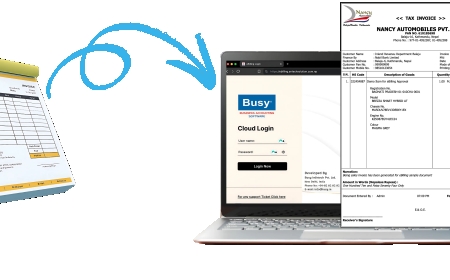From Field to Office: Bridging Construction Gaps with Operational Strategy
Discover how construction firms can align field and office operations with strategy to reduce waste, boost profits, and deliver projects efficiently.

Construction projects often fail not because of poor field execution but due to misalignment between the field and the office. Your crews might be excellent on-site, but without strategic operational alignment, schedules slip, budgets overflow, and quality suffers. If youre ready to stop these leaks, Connective Consultings Construction Company Services can guide your leadership team to bridge the gaps effectively.
Aligning construction operations with business strategy is no longer optional; it is the difference between firms that grow sustainably and those that stall in chaos. By focusing on operational strategy, construction companies can optimize project delivery, increase profit margins, and build a culture of accountability that benefits both the office and the field.
Why Field-Office Misalignment Hurts Construction Companies
Construction is complex, with daily variables like weather, material delays, and labor availability. The disconnect between field teams and the office often leads to:
-
Miscommunication about project changes
-
Inaccurate reporting and forecasting
-
Duplicate efforts and wasted resources
-
Frustrated crews and office staff
-
Missed profit opportunities
Operational strategy provides a framework to connect what happens on-site with your business objectives, ensuring consistency and reducing chaos.
Core Principles for Bridging the Gap
1?? Standardize Processes Without Killing Flexibility
Your teams need clear, repeatable processes for reporting progress, managing change orders, and addressing safety and quality issues. However, flexibility to handle unforeseen field conditions is essential.
Tips:
-
Develop standard daily reports using mobile apps.
-
Train supervisors on how and when to escalate issues.
-
Establish a clear change management protocol.
2?? Use Technology for Real-Time Visibility
Tools like Procore, Autodesk Build, and cloud-based ERPs help connect your field and office data streams, reducing manual entry and miscommunication.
Benefits include:
-
Real-time budget tracking
-
Live schedule updates
-
Consistent project documentation
-
Faster issue resolution
Investing in the right technology aligns your project data with operational goals, making informed decision-making easier for both field supervisors and office teams.
3?? . Focus on Clear Communication Channels
A successful operational strategy requires effective communication:
-
Daily Huddles: 10-15 minute stand-up meetings align crews on priorities and safety.
-
Weekly Project Reviews: Ensure stakeholders understand budget, schedule, and quality status.
-
Visual Management Boards: Display KPIs and workflow on-site for transparency.
4?? Leadership Alignment and Buy-In
Operational strategy changes will fail without leadership support. Leaders must communicate why aligning operations matters and how it connects to company goals.
Consider:
-
Workshops with project managers and superintendents to align on expectations.
-
Leadership site visits to demonstrate commitment.
-
Celebrating wins where operational alignment led to project successes.
Examples of Operational Strategy in Action
? Case: A Mid-Sized Commercial GC reduced project delays by 35% after implementing standardized change order processes and real-time tracking across field teams.
? Case: A Specialty Contractor increased gross margins by 4% by aligning field reporting with finance tracking, reducing unbilled change orders.
? Case: A Residential Builder improved client satisfaction by ensuring consistent communication between superintendents, office staff, and clients using collaborative platforms.
Building a Culture of Accountability
Operational strategy is not only about tools and processes; it is about culture. Create a system where:
-
Field teams understand how their work impacts the projects financial and schedule outcomes.
-
Office teams appreciate field challenges and collaborate to remove obstacles.
-
Everyone is held accountable with clear metrics and shared goals.
This alignment reduces finger-pointing, builds trust, and improves morale across your company.
Practical Tips to Start Bridging the Gap Today
? Conduct a process audit of your project delivery workflow.
? Implement one small change (e.g., daily reports via app) to gain momentum.
? Train teams on how their daily actions align with broader goals.
? Use dashboards for clear, visible performance tracking.
? Seek external support (like Connective Consultings Construction Services) for proven frameworks if your team lacks bandwidth.
Conclusion: Operational Strategy as Your Competitive Advantage
Bridging the gap between field and office with operational strategy enables construction companies to reduce waste, increase profits, and deliver projects efficiently. By aligning processes, people, and technology with your business goals, you build a company ready to adapt and thrive in a competitive market.
Are you ready to bridge the field-office gap in your construction company? Whats the first operational challenge you need to tackle today? Share your thoughts below!


































